At CPE, our focus is on how to best prepare students for life after high school. All of our partnerships, programming, and initiatives focus on how to help educators help their students answer our three questions: Who am I? Who do I want to be? How do I get there? (I’m sure this is not new information for many of you who are reading this.) One of the reasons we believe in the power of these questions is because they also align with the research of Dr. V. Scott Solberg, an expert in future preparedness and career development for youth, and many others. Dr. Solberg encourages us to consider the phases of future preparedness as self-exploration, career exploration, and career planning.
A lot of schools, in looking for ways to support their students’ career exploration, utilize interest inventories as a tool. We know that every educator who chooses this type of tool has the best of intentions–they want to support their students’ exploration and they want their teachers to be able to easily implement a strategy that won’t be cumbersome or irrelevant…the problem is that the many interest inventories are not the best fit for self-exploration or even career exploration–especially for elementary students.
Interest inventories are designed so that an individual can answer a set number of questions about themselves, total their answers to receive a “score” that aligns with a category, and then reveal careers that match the characteristics of that category. On one hand, it can feel affirming to see neat labels that apply to us. (Who didn’t love a quiz from a teen magazine back in the day?) Hearing that I am “investigative” affirms ideas that I already have about myself. On the other hand, this type of classification can also be a little problematic: If I answer 20 questions about myself and receive a personality type at an early elementary developmental stage–when I am very concrete and literal in my thinking–this information may limit how I view my abilities or opportunities. If, as a second grader, I take an inventory and receive a score of “social,” I might only consider those careers for the rest of my life. What if I’m really interested in numbers and problem-solving, but my results tell me that I’m more of a performer, so I believe that is the absolute truth about me?* Further, if I believe that I am just one personality type, research shows** that I will not only limit the careers I explore, but I will also limit the “academic environments” I engage with. This is not what any of us want for our students. We want our students to know and believe that they can excel in all aspects of school and that they can investigate a variety of career opportunities. We want our students to flourish and confidently explore the world.
The goal of career exposure in elementary-aged children should be to broaden their knowledge of the “array of career choices available to them” – aim for exploration, not elimination. (This is something to especially be aware of when working with elementary aged children**.) We want to help our students identify their values, skills, interests, and strengths as elementary and middle school students, so that as high school and postsecondary students, they can plan for and make informed decisions about careers that will be interesting and fulfilling for them as adults. Using inventories and other tools can be one point of engagement for our students. Framed in the right way and used at the appropriate developmental stage, these tools can be a starting point to help our students identify more complex aspects of themselves. It requires engaging and meaningful activities and relationships to help our students to fully grasp who they are, who they want to be, and how they will get there. Let’s plan engaging activities and build authentic relationships with our students so we can support their futures.
Asterisk notes:
*This situation is also a lot more likely to happen to female students. Due to gender bias, particularly within the RIASEC tool, women are often placed into artistic, social, and conventional categories. This is a known limitation of the RIASEC that Holland himself acknowledged and was not concerned with because he felt this “accurately reflected social norms.” I do not believe any of us want to continue gender-biased social norms. We want a better future for our students.
**The chapter, “Career Assessment of Children,” from Career Exploration and Development in Childhood: Perspectives from Theory, Practice and Research (2017), Terrance J.G. Tracey and Sandro M. Sodano, offer an extensive literature review on the usefulness and validity of interest inventories fo
Opportunities for Reflection
- In what ways do you seek to help students expand their understanding of themselves and careers before beginning to narrow down their choices?
- How might you help students feel confident in their strengths, even if they go against cultural norms?
- In what ways can you reinforce the idea that inventories are tools to help – but shouldn’t limit a student as they learn more about themselves?
Career Exploration Tips
- Use the 16 Career Clusters as a lens when considering career exposure and exploration.
- U.S. Bureau of Labor Statistics website
- CPE’s Career Journey videos are organized by the 16 Career Clusters
- Career exploration resource aligned with the Career Clusters
- Try to avoid career exploration activities that are one-off or stand-alone events; add wrap around activities to ensure students are able to make meaning out of site visits.
- Check out this slide deck with classroom strategies for pre- and post-site visit activities.
- Work to incorporate career exploration into your regular classroom activities.
- Identify careers that are related to your content area; explicitly point them out and share pathways for entering those careers.






